Crimson Clover
$12.00 Original price was: $12.00.$8.40Current price is: $8.40.
- Shop with Ease
- Get Quality, Get More
- Your Security is Our Promise
- Your questions, our prompt answers.

Crimson clover, a vibrant legume cover crop, offers a wide array of benefits and practical uses in the garden and agricultural settings. As a cover crop, crimson clover excels in fixing atmospheric nitrogen, enhancing soil fertility, and suppressing weeds with its dense growth habit. Its robust root system aids in soil structure improvement and erosion control, making it ideal for promoting soil health and preventing nutrient leaching.
When used as green mulch, crimson clover produces exceptional biomass and provides organic matter that can be incorporated into the soil, improving soil texture, moisture retention, and nutrient availability for subsequent crops. Chop and dig in prior to flowering or leave for a valuable nectar rich food supply for bees and beneficial insects.
Crimson clover’s ability to attract pollinators and beneficial insects with its striking red flowers contributes to biodiversity and pollination in the garden. Crimson Clover is an annual that can be sown from spring through until late summer producing spectacular red flowers in late spring / early summer. For companion planting, sow with other hardy annual flowers including field poppies.
Beyond its roles as a cover crop and beneficial insect plant, crimson clover offers a range of additional benefits and uses in agriculture. Due to its nitrogen-fixing properties, crimson clover reduces the need for synthetic fertilisers, promoting sustainable gardening and growing practices. As a forage crop, it serves as a valuable source of high-quality feed for livestock. Crimson clover can also be utilised for erosion control in hilly or sloped areas, enhancing soil stability and preventing runoff.
Sowing rate can be 30% less if blended with a grain or grass.
North Island: You can sow slightly later (April–early May) due to milder winters.
South Island: Aim for March–April to allow enough establishment before cold sets in.
| Size | 250 grams, 500 grams, 1 kilogram |
|---|


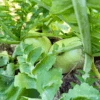


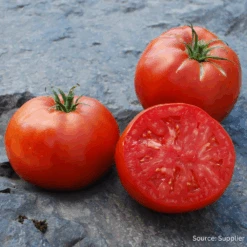

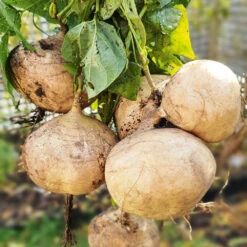
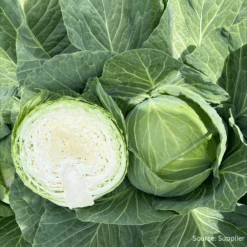

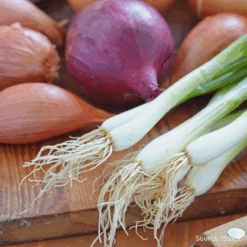

Reviews
There are no reviews yet.